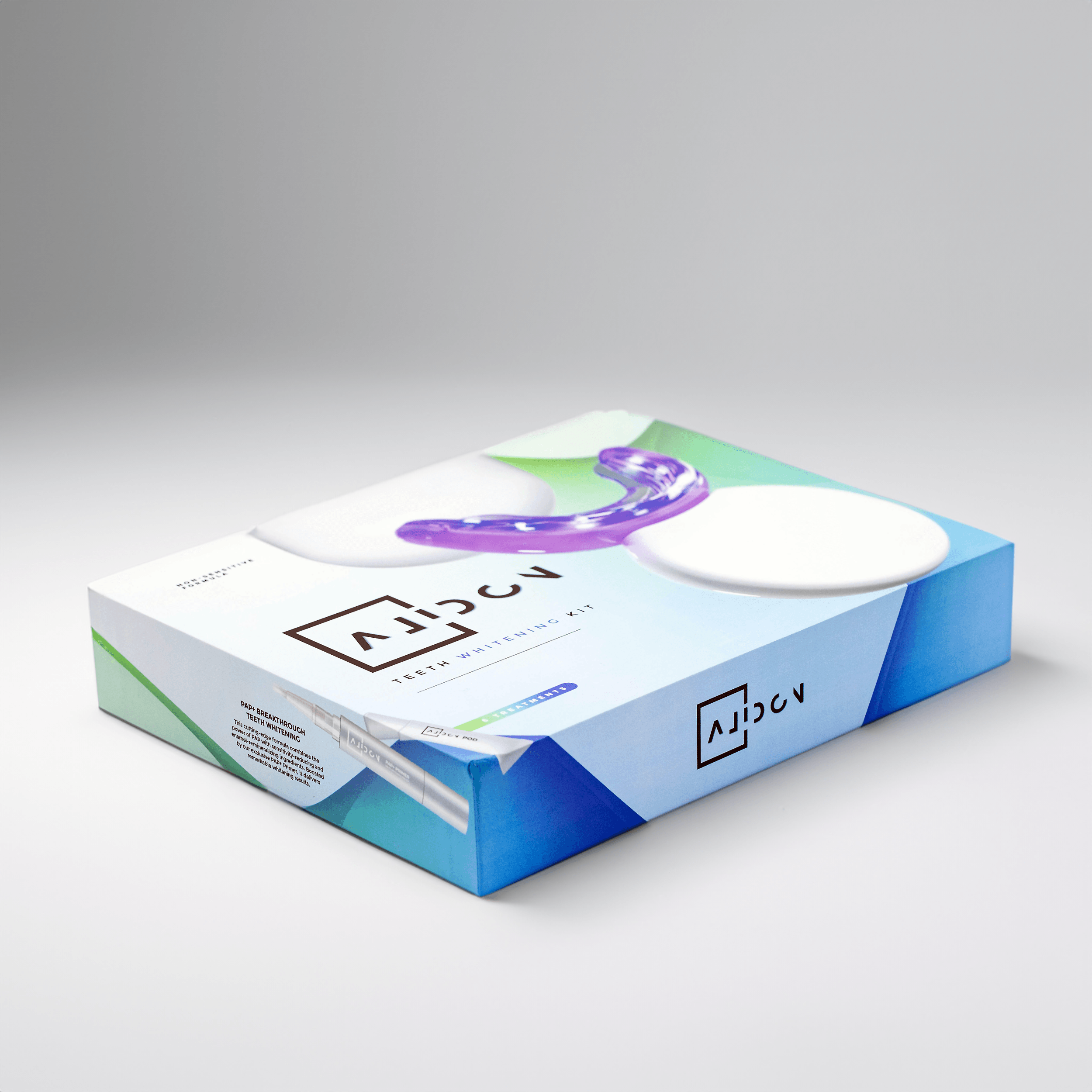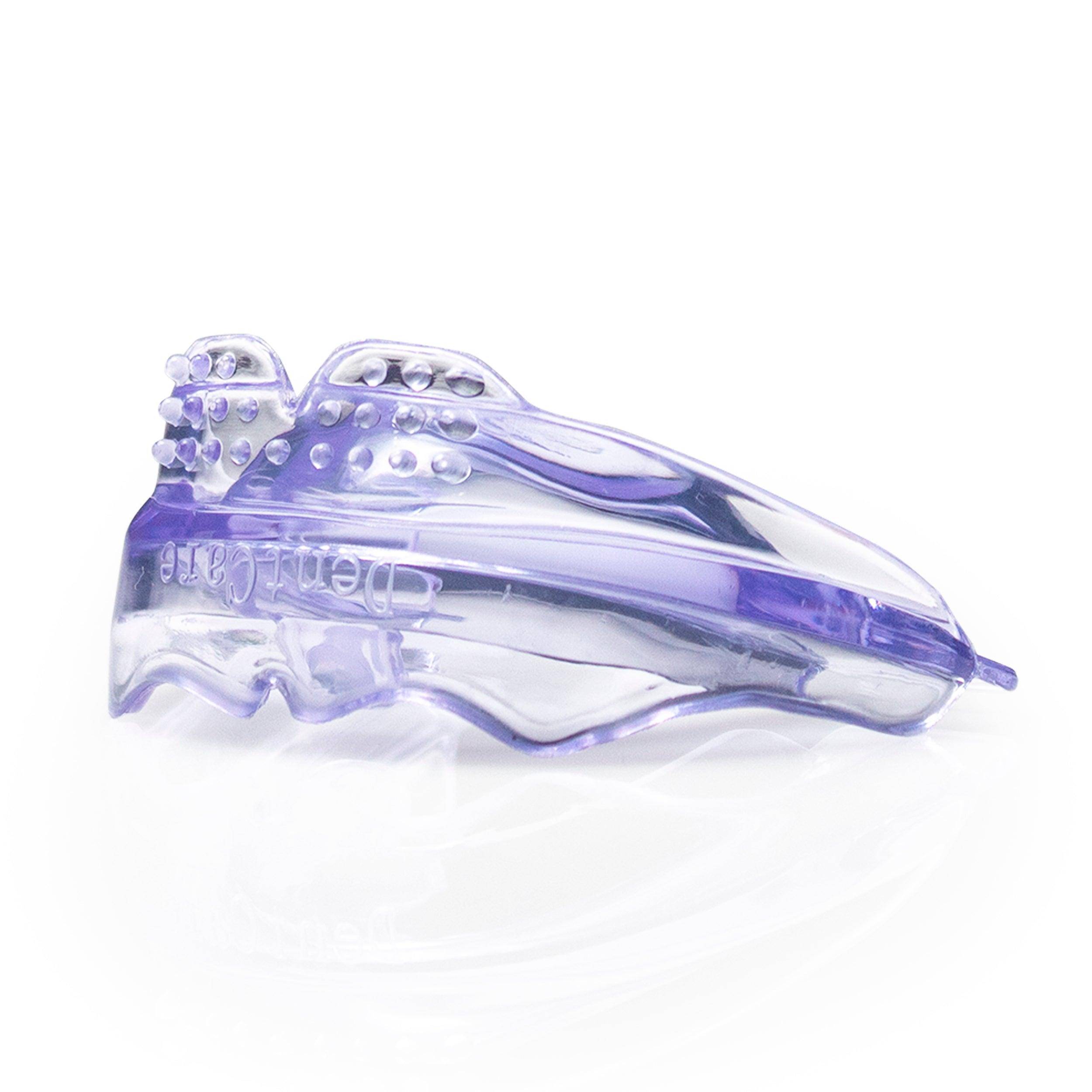Understanding the Root Canal Procedure: A Step-by-Step Guide

When a cavity penetrates deep into your tooth, extending beyond the enamel and dentin to reach the nerve, a simple filling won't suffice. This necessitates a root canal, a procedure designed to save the tooth. Let's explore this process of repairing and preserving a damaged or infected tooth.
The entire procedure aims at thoroughly cleaning and sealing the infected area to prevent further damage and infection. While the process might sound daunting, modern techniques and advancements in dental care make it far less invasive and uncomfortable than in the past. Understanding the steps involved can significantly reduce anxiety before the procedure. Remember, maintaining good oral hygiene with products like Alidon's teeth whitening kit and regular check-ups are key to preventing the need for a root canal altogether.
Preparing for a root canal involves various steps, from initial assessments to post-procedure care. Ensuring you're well-informed about what to expect can help manage any apprehension you might have. For a more in-depth understanding of the preparation process, we recommend checking out our comprehensive guide, Alidon's Guide to Understanding Root Canal Procedures. It's crucial to choose a qualified and experienced dentist who prioritizes your comfort and well-being.
| Step | Description |
|---|---|
| Assessment | Initial examination to determine the extent of the infection and tooth damage. |
| X-rays | Detailed imaging to visualize the tooth's internal structure. |
| Local Anesthesia | Numbs the area to ensure comfort during the procedure. |
Isolating and Accessing the Tooth
The first step involves isolating the affected tooth with a dental dam—a rubber sheet that prevents saliva contamination. A sealant is often applied around the tooth to ensure complete isolation. Then, the dentist carefully removes the decayed portions of the tooth using specialized drills. This is similar to the process of removing decay during a regular filling procedure, but with a focus on accessing the root canals.
Following the decay removal, the dentist uses an explorer, a small dental instrument, to carefully examine the area and confirm that the tooth's nerve is ready for the root canal therapy. This assessment is crucial to ensure that all areas requiring treatment are accurately identified. Once this assessment is complete and the dentist is satisfied that everything is ready, the next phase begins.
The root canal preparation (RC Prep) phase involves using specialized instruments to gently clean and shape the root canals. This process is vital in removing infected tissue and creating a smooth pathway for filling materials. This is a meticulous process, requiring precision to reach the root's apex (tip) effectively. The dentist may use different sizes of files, depending on the complexity of the root canal system. For a detailed understanding of root canal treatment, explore Alidon's guide on Understanding Root Canal Treatment.
- Dental Dam Placement
- Decay Removal
- Nerve Assessment
- Root Canal Preparation
Cleaning and Shaping the Root Canals
The cleaning process typically involves using specialized files and irrigating solutions like sodium hypochlorite, which helps to clean and lubricate the root canals. Ultrasonic instruments might also be used to achieve straight-line access to the root tip, preventing the files from binding during the cleaning and shaping process. An apex locator, a device that emits a beeping sound to indicate the root's tip, is often used to ensure accurate placement of the files during this process.
Rotary files, powered instruments, are also employed to efficiently clean and shape the canals. These instruments enhance the speed and precision of the cleaning process. Throughout this stage, the dentist frequently uses the irrigating solution to keep the canals clean and free from debris. Regular radiographs (X-rays) may be taken to monitor the progress and ensure the complete removal of infected tissue. Alidon is committed to providing high-quality dental care products to help maintain oral health and make this entire process a little easier. To ensure a smooth root canal process, Alidon’s range of products can help.
The goal during this phase is to create a clean, precisely shaped canal that is free of infection. This is crucial for the next steps, where the canal will be sealed. This meticulous process might involve the repeated use of files and irrigating solutions, ensuring every part of the root canal is thoroughly cleaned. For further insights into this process, see Navigating a Root Canal: A Comprehensive Guide.
| Tool | Function |
|---|---|
| Hand Files | Manual instruments for cleaning and shaping. |
| Rotary Files | Powered instruments for faster cleaning. |
| Hypochlorite | Irrigating solution for cleaning. |
Filling and Sealing the Root Canal
After thorough cleaning and shaping, the canals are carefully dried using absorbent paper points. This ensures that the filling material can adhere properly. Gutta-percha, a rubber-like material, is then used to fill the root canals. This material is biocompatible and effective in sealing the canals completely.
A sealer is used to ensure a tight and hermetic seal in the root canals. This prevents the recurrence of infection and further damage. The gutta-percha is carefully packed into the canals using specialized instruments such as a plugger or condenser to ensure the filling material reaches the apex effectively. This process is crucial to ensure that the root canal is properly sealed. Alidon offers a complete range of products to maintain optimal oral hygiene.
Once filled, the access hole is sealed with a permanent filling or crown. A temporary filling might be placed until the restoration is completed. Post-procedure care involves maintaining good oral hygiene and avoiding excessive force on the treated tooth. For more details on the root canal procedure, visit our comprehensive guide on Understanding the Root Canal Procedure: A Comprehensive Guide. Maintaining good oral hygiene practices is crucial for maintaining the longevity of the restored tooth, and we highly recommend using our teeth transformation kit to help maintain your beautiful smile. We've worked hard to vet, test, and approve all of our products. We trust them, and we hope you will too!

- Drying the Canals
- Gutta-percha Filling
- Sealing the Access Hole
- Restoration
Post-Procedure Care and Long-Term Oral Health
Following a root canal procedure, it's vital to follow your dentist's instructions carefully for optimal healing. This includes maintaining excellent oral hygiene, which might involve using our Stage 1 Mouthpiece, Stage 2 Mouthpiece, or Stage 3 Mouthpiece depending on your needs and dentist recommendations, to help keep your teeth clean and healthy.
Regular dental check-ups are critical to monitor the health of the treated tooth and your overall oral health. Your dentist will assess the restoration and ensure that the root canal has been successful. Early detection of any potential issues can prevent further complications, ensuring that you can keep your smile healthy for years to come.
Investing in quality oral care products like Alidon's smile aligner kit can help maintain the long-term health of your teeth. Remember that a root canal is a significant procedure, and proper aftercare is essential for its success. Alidon's commitment is to provide you with the tools to improve and maintain your oral health. Using our products can help keep your teeth healthy for longer and may help avoid such procedures in the future.
| Aftercare Step | Description |
|---|---|
| Oral Hygiene | Brushing and flossing regularly. |
| Follow-up Appointments | Regular checkups with your dentist. |
| Pain Management | Following prescribed pain medication instructions. |
Frequently Asked Questions
- Q: How long does a root canal procedure take? A: The duration varies depending on the complexity of the case, but it can generally range from one to two appointments.
- Q: Is a root canal painful? A: Modern techniques and anesthesia ensure minimal discomfort during the procedure.
- Q: How long does it take to recover from a root canal? A: Recovery time varies, but most individuals experience minimal discomfort after a few days.
- Q: What are the long-term prospects after a root canal? A: With proper aftercare, a root canal-treated tooth can last for many years.
- Q: What is the cost of a root canal? A: The cost varies depending on your location and the complexity of the treatment.







